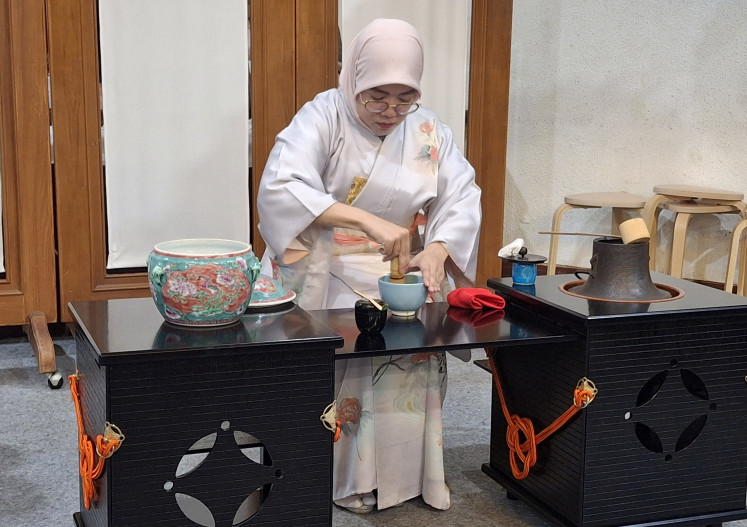Popular Reads
Top Results
Can't find what you're looking for?
View all search resultsPopular Reads
Top Results
Can't find what you're looking for?
View all search resultsThe future of combating hoaxes lies in the hands of Gen Z
According to a 2018 survey, 53.25 percent of respondents said that they frequently received hoax news.
Change text size
Gift Premium Articles
to Anyone
Unless you’ve been living under a rock, you may have read or even spread news containing disinformation.
Earlier this year, news about the “Momo Challenge”, an alleged challenge on social media encouraging children to harm themselves featuring a scary-looking sculpture, spread on the internet. Long story short, online video platform YouTube said that it had no evidence of videos promoting the challenge.
The “Momo Challenge” is only one of the examples of fake news and, in this digital age, hoaxes seem to be a constant threat to society.
According to a survey conducted by IT news portal Dailysocial.id in 2018, 53.25 percent of respondents said that they frequently received hoax news. The survey involved 2,032 smartphone users from across Indonesia.
It also discovered that among the respondents only 55.6 percent went further to verify the information they received. Meanwhile, 31 percent said they found it difficult to detect hoaxes.
Self-learning platform Hoaxplay.com project officer Nisrina Nadhifah said that Indonesia needed to improve the country’s digital literacy to fight hoaxes available on the internet.
She added that it was not enough to understand and detect hoaxes to combat them. “We also need to be active in stopping hoaxes,” she added.



















